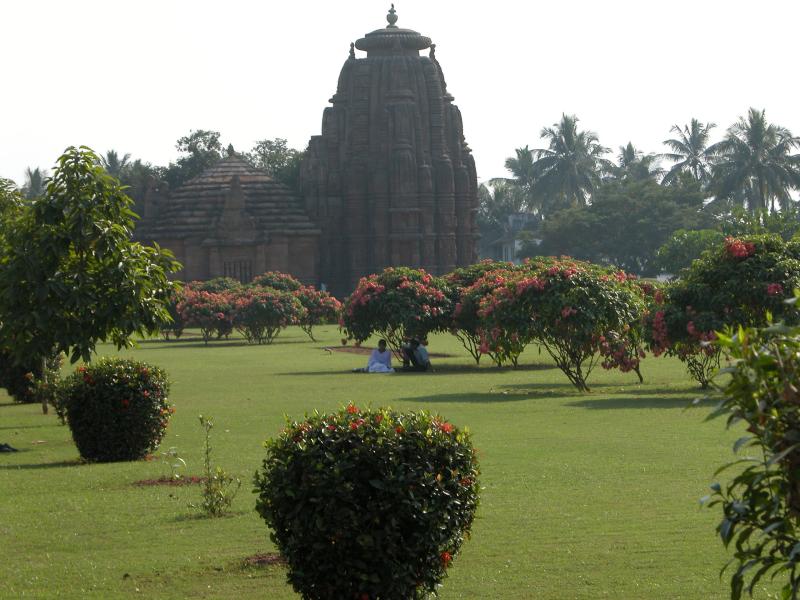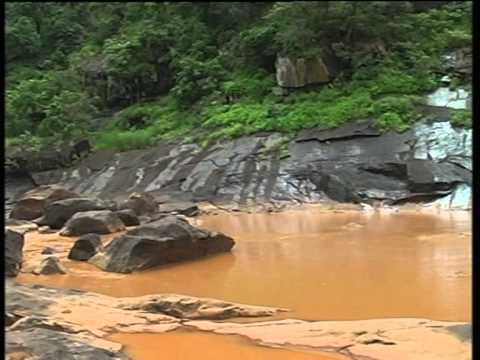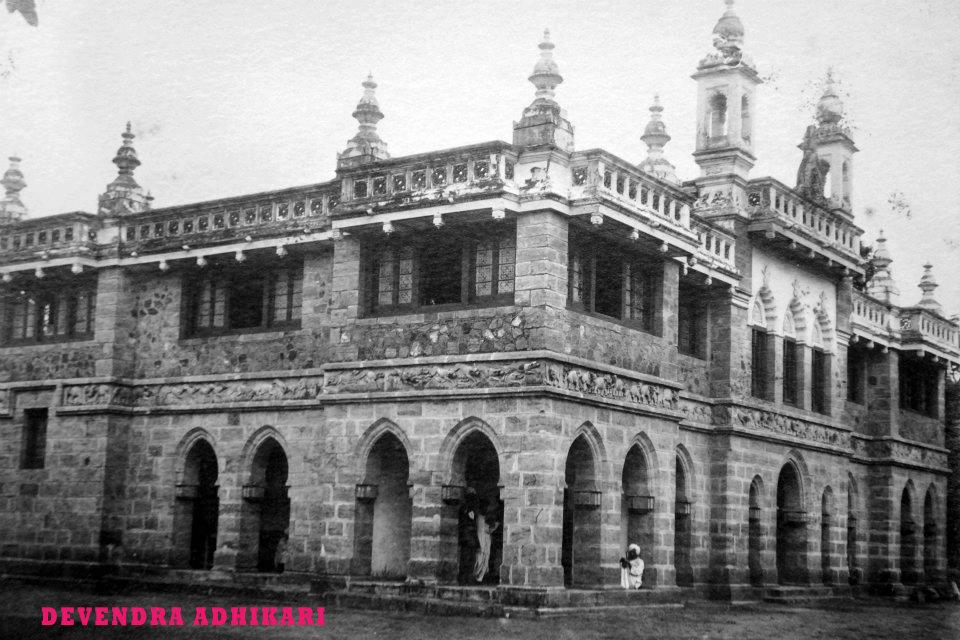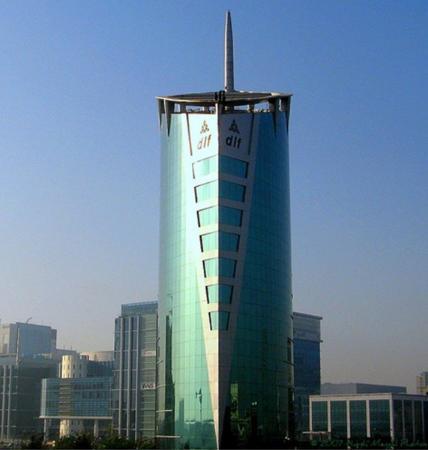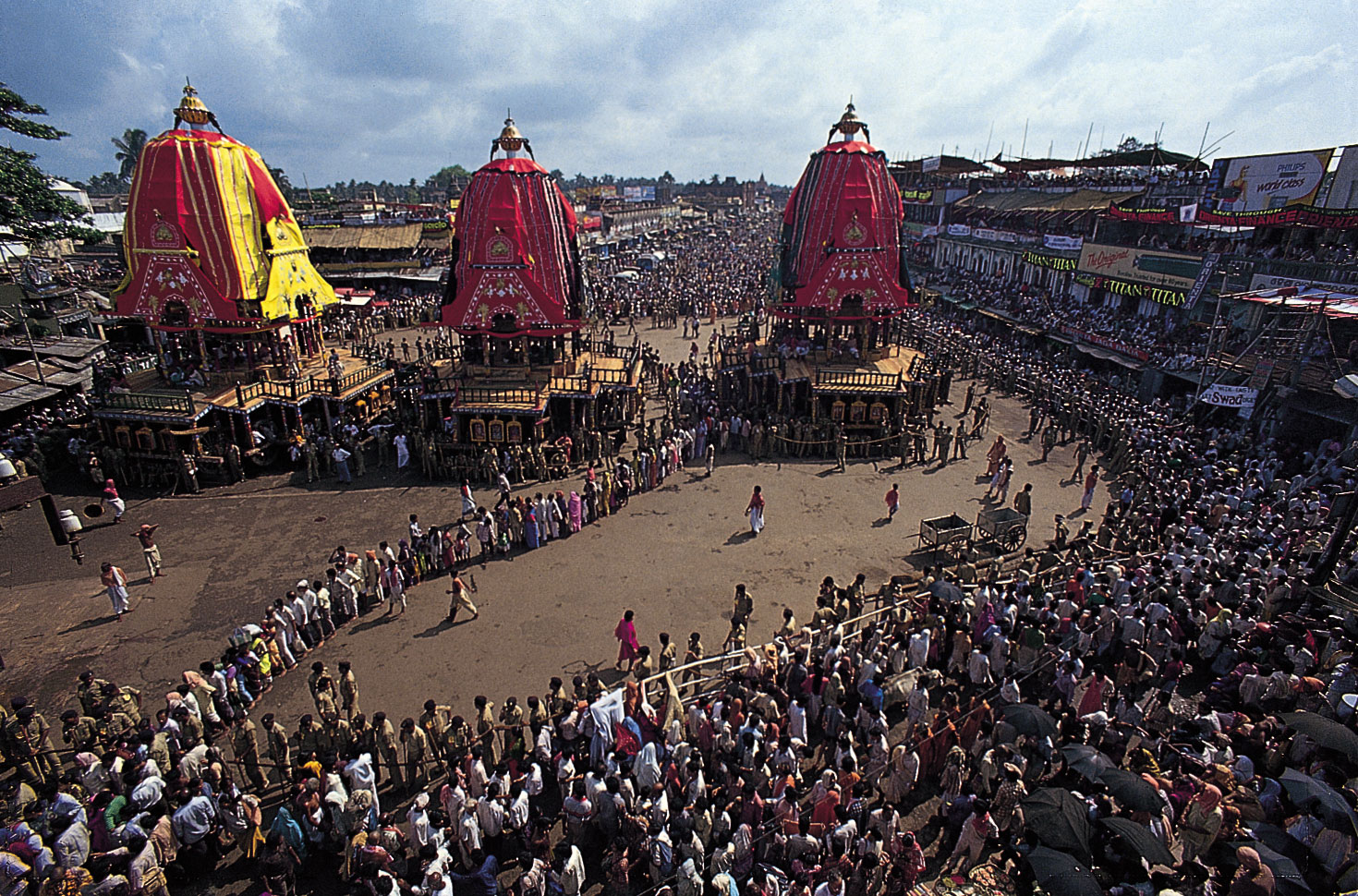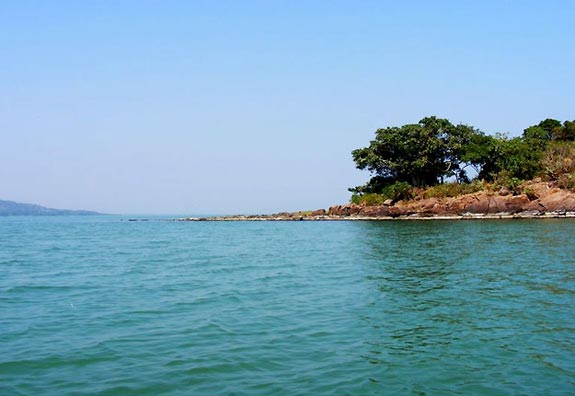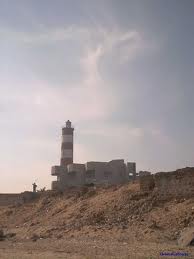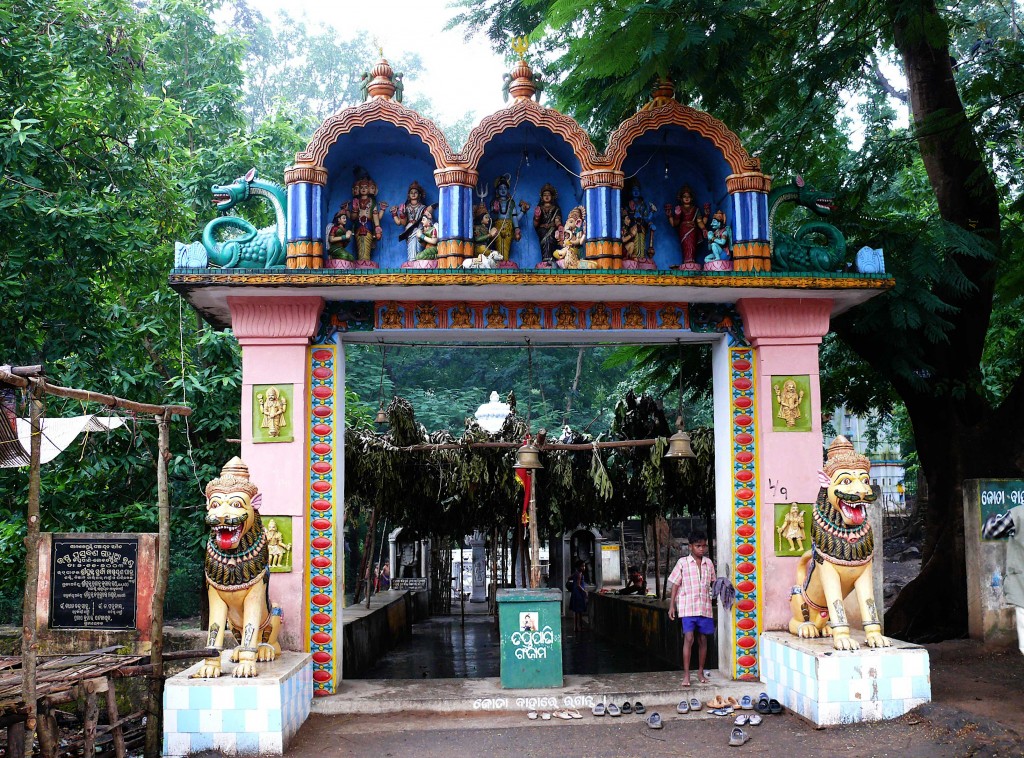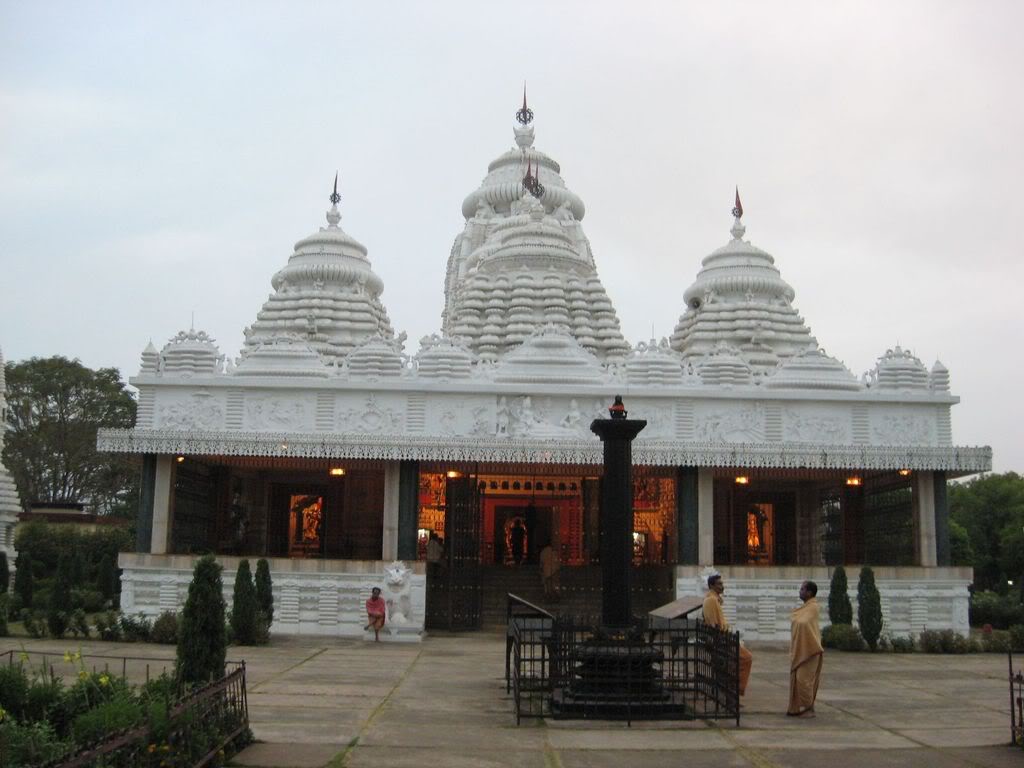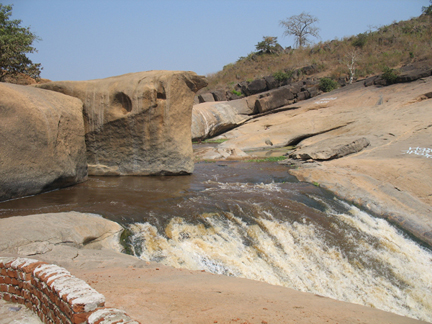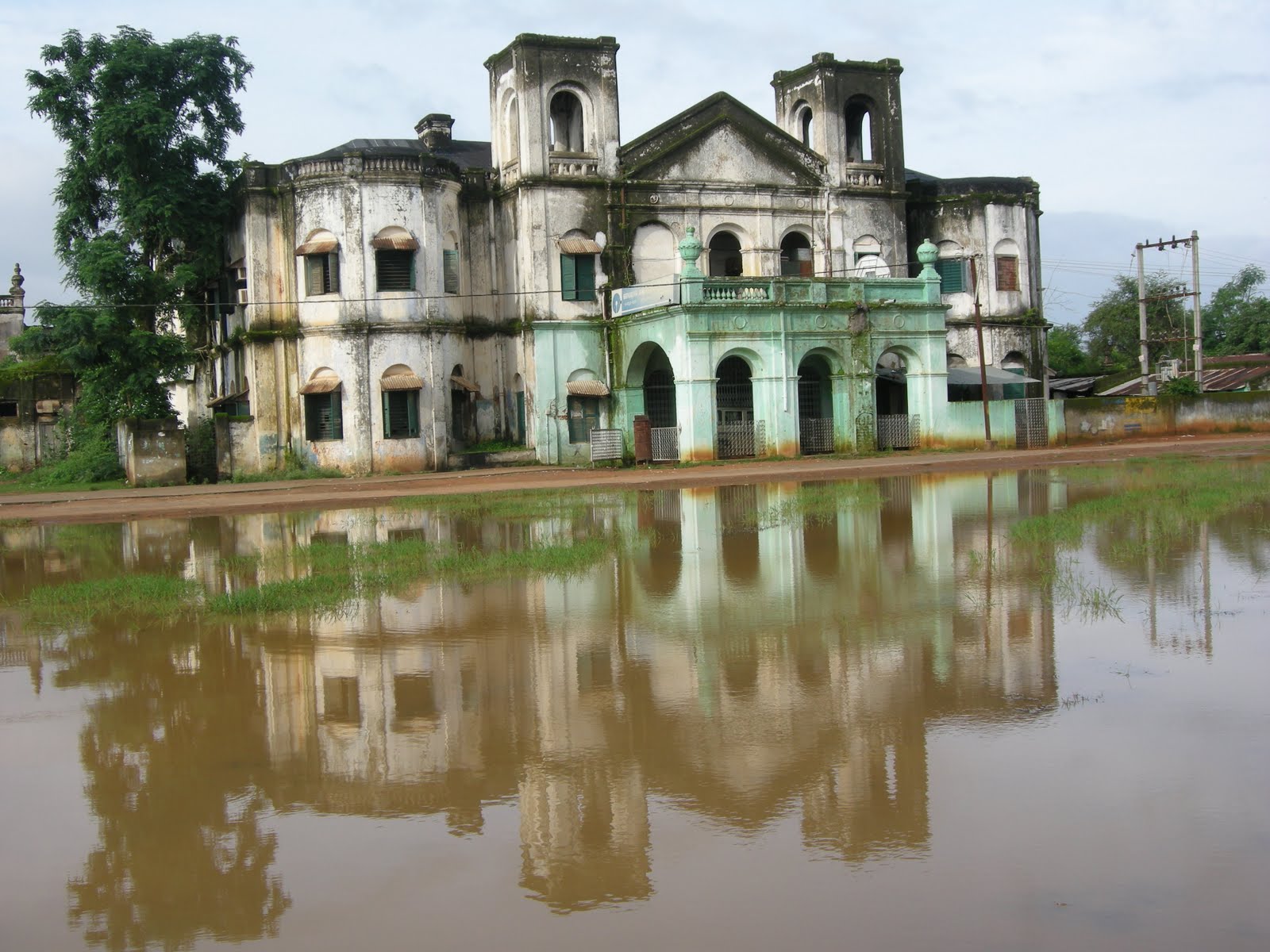Odisha Temples & Tribes Tours
Bhubaneshwar-Puri-Chilika Lake-Puri-Gopalpur-Taptapani-Rayagada-Jeypore-Ankadelli-Jeypore-Visakhapatnam-Delhi
Day 1: Bhubaneshwar
 Arrive Bhubaneswar; garland welcome; assistance and transfer to Hotel. Bhubaneswar is the capital of the ancient kingdom of Odisha (Orissa), and is famous as the temple city of India. Travel through Odisha (Orissa) is a melange of art, architecture and long-established customs. City tour of Bhubaneswar, which has some stunning temples clustered around the Bindusagar Tank. Of the original 7000 only 500 remain dating from the 7th century to the 11th century AD. Of these the most outstanding is the 11th century Lingaraja Temple, which celebrates the zenith of Odisha (Orissa) art; and the late 10th century beautifully decorated Muktesvara Temple, which marks the end of the phase of temple building in Odisha (Orissa). Outside the city limits are the Udayagiri and Khandgiri caves, harking back to the time of Jain and Buddhist occupation of this region in the 2nd century BC. The Jain caves are among the earliest in India and all the caves were built or excavated during the 150 years before Christ. In contrast to the stark decor of the Jain caves, the Buddhist caves are decorated with excellent friezes and sculptures. Overnight stay at the hotel.
Arrive Bhubaneswar; garland welcome; assistance and transfer to Hotel. Bhubaneswar is the capital of the ancient kingdom of Odisha (Orissa), and is famous as the temple city of India. Travel through Odisha (Orissa) is a melange of art, architecture and long-established customs. City tour of Bhubaneswar, which has some stunning temples clustered around the Bindusagar Tank. Of the original 7000 only 500 remain dating from the 7th century to the 11th century AD. Of these the most outstanding is the 11th century Lingaraja Temple, which celebrates the zenith of Odisha (Orissa) art; and the late 10th century beautifully decorated Muktesvara Temple, which marks the end of the phase of temple building in Odisha (Orissa). Outside the city limits are the Udayagiri and Khandgiri caves, harking back to the time of Jain and Buddhist occupation of this region in the 2nd century BC. The Jain caves are among the earliest in India and all the caves were built or excavated during the 150 years before Christ. In contrast to the stark decor of the Jain caves, the Buddhist caves are decorated with excellent friezes and sculptures. Overnight stay at the hotel.
Day 2: Puri
 On the drive to Konark (75km), we will stop at Dhauli where the Mauryan Emperor Ashoka renounced violence and embraced the teachings of Buddha. We visit the Peace Pagoda known as Shanti Stupa built in early 1970s by the Japanese. We also stop at two ancient rock edicts, today eclipsed by the presence of the Pagoda. Dating from 260BC they outline Ashokas detailed instructions to his administrators to rule with gentleness and fairness. Our next stop is the colourful village of Pipili where we can see Orissan handicrafts, the speciality being the famous applique work.
On the drive to Konark (75km), we will stop at Dhauli where the Mauryan Emperor Ashoka renounced violence and embraced the teachings of Buddha. We visit the Peace Pagoda known as Shanti Stupa built in early 1970s by the Japanese. We also stop at two ancient rock edicts, today eclipsed by the presence of the Pagoda. Dating from 260BC they outline Ashokas detailed instructions to his administrators to rule with gentleness and fairness. Our next stop is the colourful village of Pipili where we can see Orissan handicrafts, the speciality being the famous applique work.
Day 3: Puri
 Puri is one of the four principal holy abodes in India, as well as a popular beach resort. It offers the rare experience of watching both the sunset and sunrise from the same beach. Pre-Dravidian and pre-Aryan history relates that a tooth of Buddha was temporarily enshrined in Puri before being moved to Sri Lanka. Supporting the theory that Buddhism prevailed in this area, the Jagannath Temple, dedicated to the Lord of the Universe, and the main attraction in Puri, was believed to have originally been a stupa (pagoda). The extraordinary form, Jagannath takes in this temple, is said to be the unfinished work of the craftsman god, Vishvakarma. Angry at Vishnu, he left his interpretation of the Lord of the Universe incomplete. Overnight stay at the hotel.
Puri is one of the four principal holy abodes in India, as well as a popular beach resort. It offers the rare experience of watching both the sunset and sunrise from the same beach. Pre-Dravidian and pre-Aryan history relates that a tooth of Buddha was temporarily enshrined in Puri before being moved to Sri Lanka. Supporting the theory that Buddhism prevailed in this area, the Jagannath Temple, dedicated to the Lord of the Universe, and the main attraction in Puri, was believed to have originally been a stupa (pagoda). The extraordinary form, Jagannath takes in this temple, is said to be the unfinished work of the craftsman god, Vishvakarma. Angry at Vishnu, he left his interpretation of the Lord of the Universe incomplete. Overnight stay at the hotel.
Day 4: Puri - Chilika Lake
 The drive to Chilka Lake takes us through picturesque countryside and charming villages. Chilka lies in the heart of coastal Odisha (Orissa). Spread over 1,100 sq km, this is the countrys largest lake. Dotted with islands, Chilka has a rich variety of aquatic life and is a bird watchers paradise, particularly when migratory birds arrive in winter. Sunset and sunrise are memorable experiences here. Return back to Puri and Overnight stay at hotel.
The drive to Chilka Lake takes us through picturesque countryside and charming villages. Chilka lies in the heart of coastal Odisha (Orissa). Spread over 1,100 sq km, this is the countrys largest lake. Dotted with islands, Chilka has a rich variety of aquatic life and is a bird watchers paradise, particularly when migratory birds arrive in winter. Sunset and sunrise are memorable experiences here. Return back to Puri and Overnight stay at hotel.
Day 5: Chilika Lake - Puri
 This morning after breakfast drive to Gopalpur and we will visit the lake to view the avian life and the Kalijai Temple, abode of the presiding deity of the lake, located on a tiny island. In winter the lake attracts migratory bird from Iran, Central Asia, and as far as Siberia. We will also be able to watch the fishermen at work, who come here in search of prawns, mackerel and crabs. After breakfast we drive to Gopalpur-on-Sea, an ancient seaport not often visited by tourists. Sand dunes, groves of coconut palm and casuarinas separate the small town from the beach. Overnight stay at the resort
This morning after breakfast drive to Gopalpur and we will visit the lake to view the avian life and the Kalijai Temple, abode of the presiding deity of the lake, located on a tiny island. In winter the lake attracts migratory bird from Iran, Central Asia, and as far as Siberia. We will also be able to watch the fishermen at work, who come here in search of prawns, mackerel and crabs. After breakfast we drive to Gopalpur-on-Sea, an ancient seaport not often visited by tourists. Sand dunes, groves of coconut palm and casuarinas separate the small town from the beach. Overnight stay at the resort
Day 6: Puri
 Morning, relax at the hotel; afternoon drive to Taptapani (150km). Luxuriate in the small hot springs in this peaceful village: water from the hot sulphur springs, discovered here in a forest setting, is channelled to a pool for bathing. There is a shrine of goddess Kandhi inside the original pool, which is believed to cure infertility. You may also like to visit Chandragiri, 36km away, where a community of Tibetan refugees resides, and supports itself by weaving carpets. Overnight stay at Inspection Bungalow
Morning, relax at the hotel; afternoon drive to Taptapani (150km). Luxuriate in the small hot springs in this peaceful village: water from the hot sulphur springs, discovered here in a forest setting, is channelled to a pool for bathing. There is a shrine of goddess Kandhi inside the original pool, which is believed to cure infertility. You may also like to visit Chandragiri, 36km away, where a community of Tibetan refugees resides, and supports itself by weaving carpets. Overnight stay at Inspection Bungalow
 Odisha (Orissa) has the third highest concentration of tribes in India, and because of the remoteness of the area where they live these tribes are untouched by modern ways of life. Each has a distinct language and pattern of social and religious customs. Though economically challenged and a very low rate of literacy, the tribal groups have highly developed artistic skills as seen in their body paintings, ornaments, weaving and wall paintings. Music and dance also are an integral part of their ceremonies and seasonal festivals. During the next few days we will be visiting some of these tribal settlements. On the 220km drive today we will stop at the villages of the Saoras, a major tribe who live in hilly areas. In contrast to other tribes who live in clans, the Saoras live in extended families descended from a common ancestor. The village is administered by a headman assisted by a religious leader and village shamans (medicine men), who are able to communicate with deceased ancestors. The walls of the mud houses are decorated with remarkable paintings and traditional designs. Monday is the market day for this tribe so we will have time to wander through the tribal market. Overnight stay at the hotel.
Odisha (Orissa) has the third highest concentration of tribes in India, and because of the remoteness of the area where they live these tribes are untouched by modern ways of life. Each has a distinct language and pattern of social and religious customs. Though economically challenged and a very low rate of literacy, the tribal groups have highly developed artistic skills as seen in their body paintings, ornaments, weaving and wall paintings. Music and dance also are an integral part of their ceremonies and seasonal festivals. During the next few days we will be visiting some of these tribal settlements. On the 220km drive today we will stop at the villages of the Saoras, a major tribe who live in hilly areas. In contrast to other tribes who live in clans, the Saoras live in extended families descended from a common ancestor. The village is administered by a headman assisted by a religious leader and village shamans (medicine men), who are able to communicate with deceased ancestors. The walls of the mud houses are decorated with remarkable paintings and traditional designs. Monday is the market day for this tribe so we will have time to wander through the tribal market. Overnight stay at the hotel.
Day 8: Gopalpur
 Drive to Dukum ( near Bisamkatak ) to visit weekly market of Desia kondh ( weekly market commence on Tuesday only ) . Later visit to Dokra crafts village at Jhigidi. Return to Rayagada. Overnight at Rayagada.
Drive to Dukum ( near Bisamkatak ) to visit weekly market of Desia kondh ( weekly market commence on Tuesday only ) . Later visit to Dokra crafts village at Jhigidi. Return to Rayagada. Overnight at Rayagada.
 Drive to Jeypore(131 km/3 hrs) through Chatikona, visiting a few Dongariya Kondh villages en-route. Overnight stay at the hotel.
Drive to Jeypore(131 km/3 hrs) through Chatikona, visiting a few Dongariya Kondh villages en-route. Overnight stay at the hotel.
Day 10: Taptapani
 The area we visit today is the home of the approximately 6000 members of fierce Bondas (naked people) of Tibetan-Burmese origin. They live in remote hills and keep themselves isolated. Bondas grow rice by shifting cultivation and domesticate cows and goats and can only be seen when they come to trade at the local market. Therefore, we must time our visit to coincide with the weekly market-day on Thursday. The Bonda women are conspicuous with their bead necklaces, striking brass and silver necklets, and their shaved heads decorated with plaits of Palmyra leaves. We will also visit the colourful Gadabas, a Munda tribe who speak in an Austro-Asiatic dialect. Overnight stay at Inspection Bungalow-in-Machkund near Ankadelli.
The area we visit today is the home of the approximately 6000 members of fierce Bondas (naked people) of Tibetan-Burmese origin. They live in remote hills and keep themselves isolated. Bondas grow rice by shifting cultivation and domesticate cows and goats and can only be seen when they come to trade at the local market. Therefore, we must time our visit to coincide with the weekly market-day on Thursday. The Bonda women are conspicuous with their bead necklaces, striking brass and silver necklets, and their shaved heads decorated with plaits of Palmyra leaves. We will also visit the colourful Gadabas, a Munda tribe who speak in an Austro-Asiatic dialect. Overnight stay at Inspection Bungalow-in-Machkund near Ankadelli.
 A day excursion to Gupteswar (60 km) to visit the caves, which are believed to have been the refuge of Lord Rama during his fourteen years of exile, and the place where he worshiped Shiva. On the way we will visit a few Dhuruba villages. Return to Jeypore. Overnight at hotel.
A day excursion to Gupteswar (60 km) to visit the caves, which are believed to have been the refuge of Lord Rama during his fourteen years of exile, and the place where he worshiped Shiva. On the way we will visit a few Dhuruba villages. Return to Jeypore. Overnight at hotel.
Day 12: Rayagada
 Today we leave hotel early in the morning at 0600hr and drive to Vishakhapatnam (210km/4hrs.) and straightaway transfer to airport for flight to Delhi. Late night transfer to the International airport.
Today we leave hotel early in the morning at 0600hr and drive to Vishakhapatnam (210km/4hrs.) and straightaway transfer to airport for flight to Delhi. Late night transfer to the International airport.

